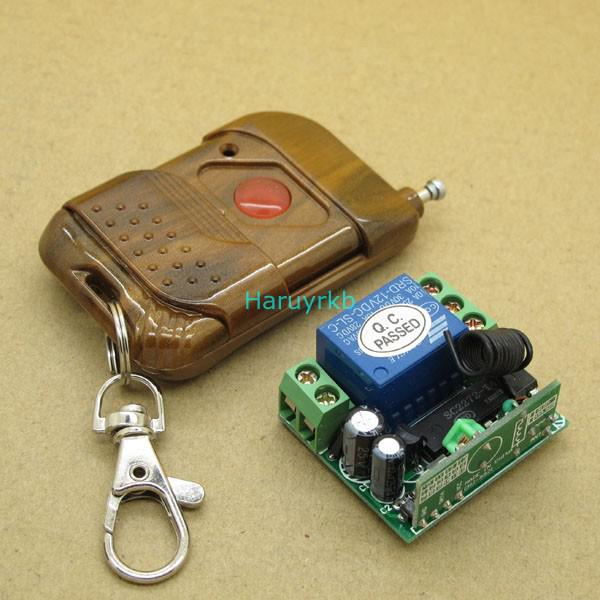I'm curious about how people run wires from their track blocks to their control panel and back, this is for 3Rail O gauge track.
I am basing my question on a conventional layout, using the preferred method of main busses, in which the bus wires run parallel to the track with feeders up to the track.
Now, if I have a power district (block) at the far end of my layout that I want controlled by a toggle placed on my control panel, does that mean I have to string a long wire allllllllll the way back from the far end of the layout to my control panel and into the toggle, then allllllllll the way back from the toggle to the track? Doesn't that defeat the purpose of the main bus if there are going to be streams of wires going back and forth? There must be something missing and I'm just not seeing it.
It seems that to make more sense instead of having two main busses, to run a main bus for the common (outside) rail, then wire the hot (middle) rail into one of those euro style terminal strips and have wires for each block go directly to toggles on the control panel and then spiderweb out to the blocks on the layout. That would eliminate a "main bus" for the middle rail, but it would halve the amount of wiring since I wouldn't have to string stuff back and forth. Is this complicating things? Again, I feel like there is something I'm missing. Please, anyone with experience help me out.
I know a solution is to have the toggle switch placed on the fascia close to the actual block, but my question is specifically for the situation of having the toggles consolidated onto a control panel.
Thanks!
Dominic Miele









